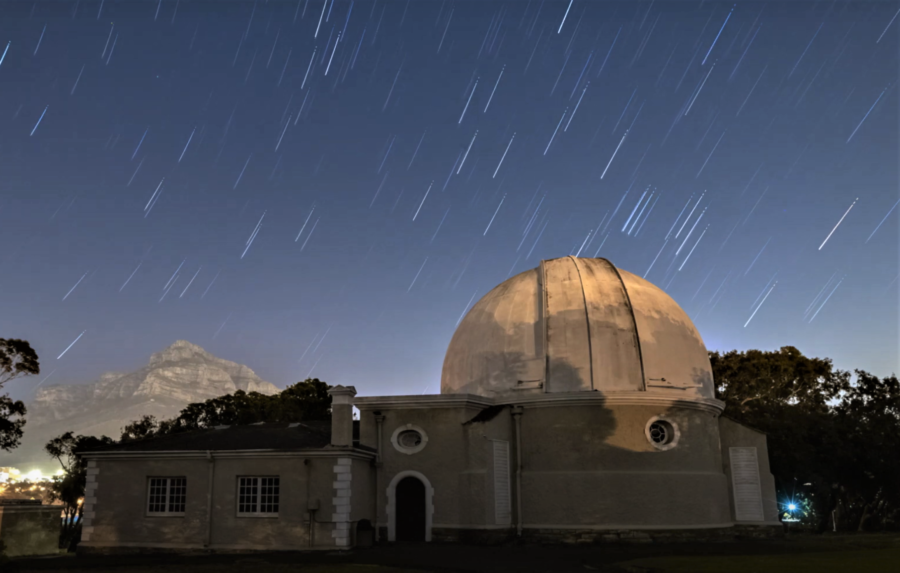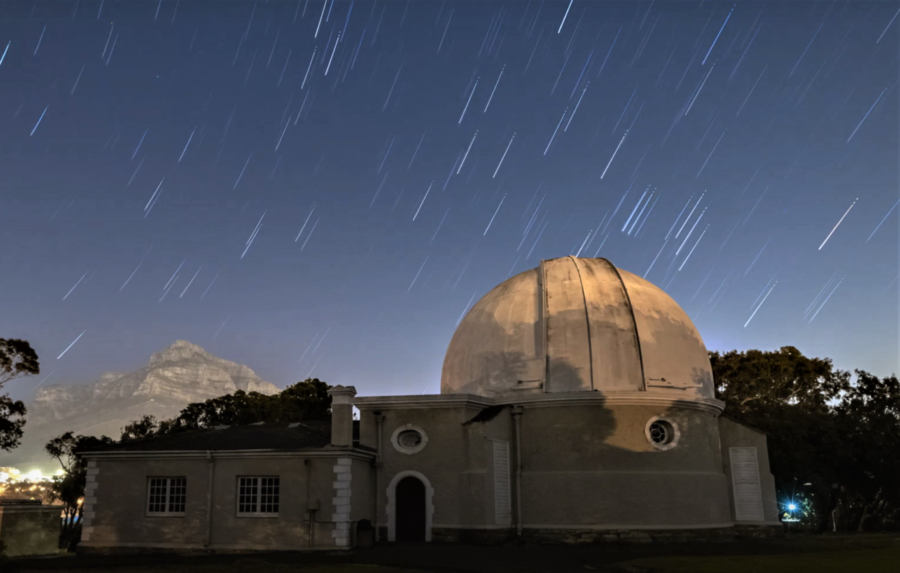
WATCH At Age 200, SA Astronomical Observatory Declared National Heritage Site
The 200-year-old SA Astronomical Observatory, with its headquarters in the Cape Town suburb of Observatory, has been unveiled as a national heritage site. The facility was the first in the Southern Hemisphere. With a history dating back to 1820, this is a “living site”, with more than 200 years of prominence in the international astronomical […]

The 200-year-old SA Astronomical Observatory, with its headquarters in the Cape Town suburb of Observatory, has been unveiled as a national heritage site.
The facility was the first in the Southern Hemisphere. With a history dating back to 1820, this is a “living site”, with more than 200 years of prominence in the international astronomical community. Its main research telescopes are located at the observing site 15 kilometres from the Karoo town of Sutherland in the Northern Cape.
On a hilltop 1800 metres above sea level, stand 24 telescopes of various sizes and forms -some owned by SAAO and some hosted for international research institutes. The main telescope known as the Southern African Large Telescope (SALT).
These telescopes provide astronomers in South Africa and all over the world with access to the country’s exceptionally dark skies.
Lungisa Malgas, CEO of SA National Heritage Association, said the agency was commemorating and celebrating the role that the SA Astronomical Observatory continued to play as the oldest permanent observatory in the southern half of the world.
The SA National Heritage Resources Agency (SAHRA) and the SA Astronomical Observatory (SAAO) were on Tuesday joined by several government ministers at the event.
“It is at this very place that Cape astronomers observed the first measurement of a distance to a star, the first photographic sky survey, the accurate measurement of the distance to the sun… the determination of the shape of the Earth in the Southern Hemisphere and the first accurate geodetic surveys of Southern Africa,” said Malgas.
The unveiling ceremony is part of a weeklong programme of events to celebrate the Observatory’s bicentennial excellence in Astrophysics research and the significant scientific role it has played as the oldest permanent observatory in the Southern Hemisphere.
– Additional reporting by SAnews.gov.za